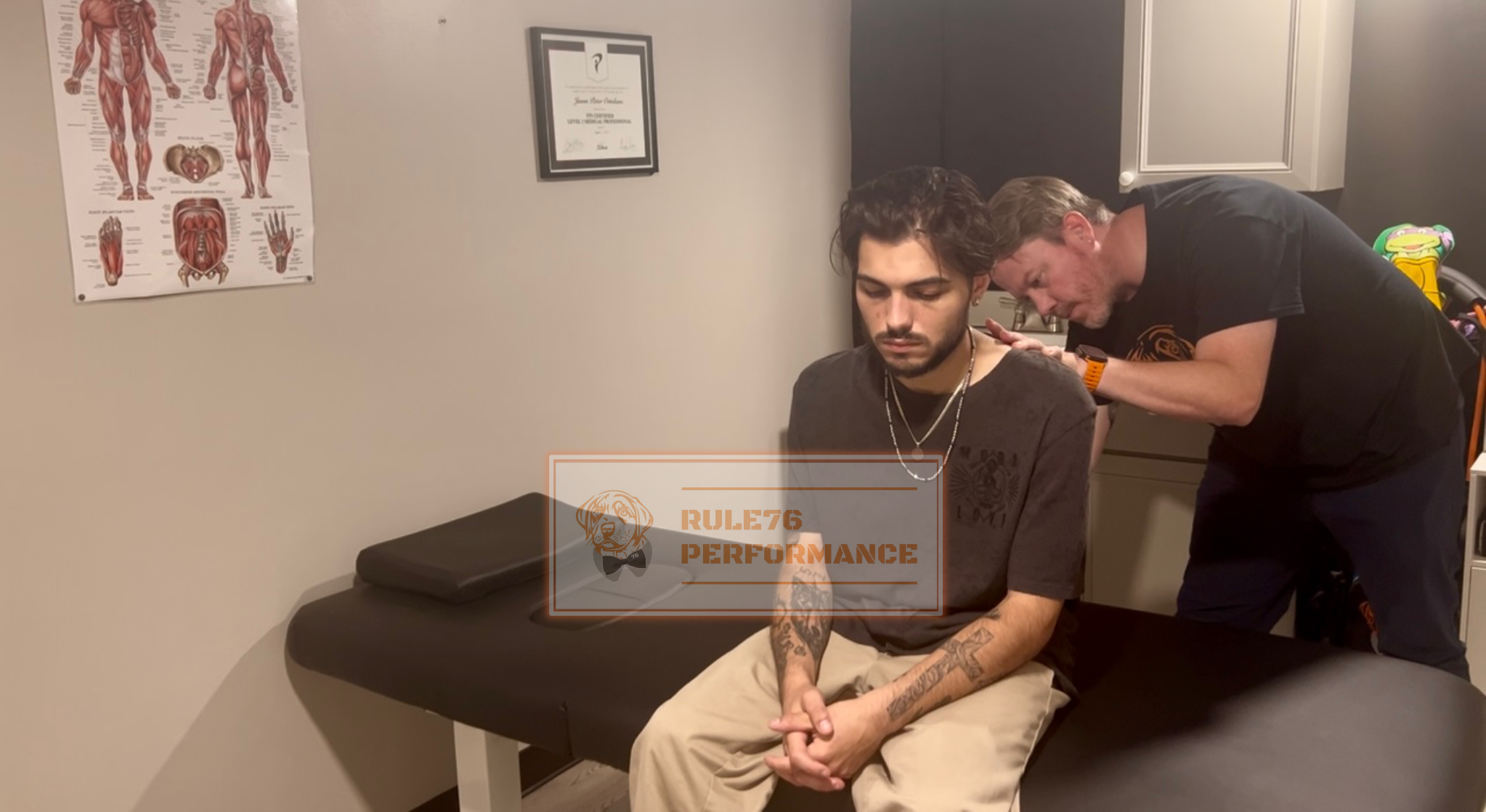 Image 1 of 1
Image 1 of 1


SINGLE SESSION
What to expect from your single physical therapy session:
A physical therapy (PT) evaluation is your first appointment with a physical therapist. It’s a thorough assessment to understand your condition, physical limitations, and goals. The therapist uses this session to create a personalized treatment plan.
1. Discussion of Your History and Symptoms (Subjective Exam)
Your therapist will ask questions about:
Your current problem (pain, injury, surgery, etc.)
When and how it started
What makes it better or worse
Your daily activities, work, and hobbies
Past medical history and medications
Your personal goals (e.g., return to sports, reduce pain, walk without a cane, etc.)
2. Physical Assessment (Objective Exam)
Your therapist will examine how your body is moving and functioning. This may include:
Range of motion – how far your joints move
Strength testing – how strong certain muscle groups are
Posture and alignment – how you stand or sit
Balance and coordination
Gait analysis – how you walk (if needed)
Special tests – to assess specific joints, nerves, or soft tissues
You may be asked to move around or perform simple tasks. Wear comfortable clothes that allow you to move easily.
3. Clinical Assessment and Diagnosis
Based on your history and physical exam, the therapist will:
Explain their findings (what’s going on)
Identify the cause of your symptoms (e.g., weakness, poor posture, joint stiffness)
Discuss your prognosis (expected recovery timeline)
4. Personalized Treatment Plan
Together, you and your therapist will create a plan to reach your goals. This includes:
How often you’ll come to therapy (e.g., 2x/week for 4–6 weeks)
The types of treatments you’ll receive (exercise, manual therapy, education, etc.)
A home exercise program to help you get better between visits
Short- and long-term goals
5. Documentation & Insurance
• Documentation is provided for submission to your insurance company for reimbursement.
Tip: How to Prepare
Bring relevant medical records or imaging (X-rays, MRI, etc.)
Wear athletic or loose-fitting clothing
Think about your goals — what do you want to get back to doing?
What to expect from your single physical therapy session:
A physical therapy (PT) evaluation is your first appointment with a physical therapist. It’s a thorough assessment to understand your condition, physical limitations, and goals. The therapist uses this session to create a personalized treatment plan.
1. Discussion of Your History and Symptoms (Subjective Exam)
Your therapist will ask questions about:
Your current problem (pain, injury, surgery, etc.)
When and how it started
What makes it better or worse
Your daily activities, work, and hobbies
Past medical history and medications
Your personal goals (e.g., return to sports, reduce pain, walk without a cane, etc.)
2. Physical Assessment (Objective Exam)
Your therapist will examine how your body is moving and functioning. This may include:
Range of motion – how far your joints move
Strength testing – how strong certain muscle groups are
Posture and alignment – how you stand or sit
Balance and coordination
Gait analysis – how you walk (if needed)
Special tests – to assess specific joints, nerves, or soft tissues
You may be asked to move around or perform simple tasks. Wear comfortable clothes that allow you to move easily.
3. Clinical Assessment and Diagnosis
Based on your history and physical exam, the therapist will:
Explain their findings (what’s going on)
Identify the cause of your symptoms (e.g., weakness, poor posture, joint stiffness)
Discuss your prognosis (expected recovery timeline)
4. Personalized Treatment Plan
Together, you and your therapist will create a plan to reach your goals. This includes:
How often you’ll come to therapy (e.g., 2x/week for 4–6 weeks)
The types of treatments you’ll receive (exercise, manual therapy, education, etc.)
A home exercise program to help you get better between visits
Short- and long-term goals
5. Documentation & Insurance
• Documentation is provided for submission to your insurance company for reimbursement.
Tip: How to Prepare
Bring relevant medical records or imaging (X-rays, MRI, etc.)
Wear athletic or loose-fitting clothing
Think about your goals — what do you want to get back to doing?

